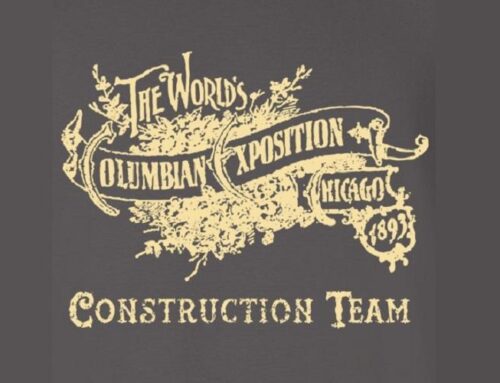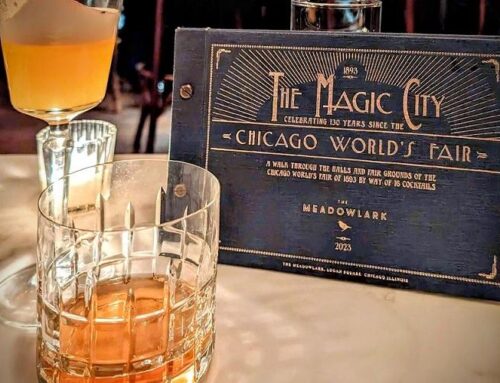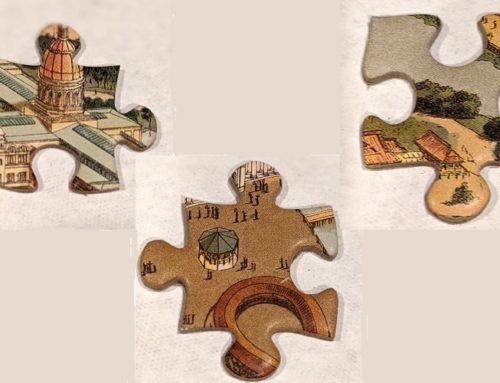The 1893 World’s Fair brought tremendous growth and prestige to the Chicago publishing industry. One company that played a prominent role in the bustling printing scene was the Barnhart Brothers & Spindler (BB&S) type foundry, which the Inland Printer described as having “the largest and finest typecasting room in the world.”

The Barnhart Brothers & Spindler type foundry at (then) 183 to 187 Monroe Street in downtown Chicago. [Image from the Inland Printer, April 1892.]

The “Midway Midgets” from the BB&S Book of Type Specimens (1907).
The foundry sold the ornaments to printers for decorating newspaper stories and advertisements relating to the Fair. Many examples can be seen in the series of advertisements in various Chicago newspapers for the November 1894 “Echoes of the White City,” which we reprinted in a series are articles on the fundraising bazaar


Advertisements for “Echoes of the White City” utilized several of the BB&S “Midway Midgets” ornaments. [Image from the Chicago Daily Tribune, Nov. 18, 1894 (top) and Chicago Herald, Nov. 17, 1894]
Bradley scanned pictures of the ornaments from the 1907 BB&S catalog and had a new set of copper dies cast, with the characters enlarged to two-inches high. He then designed a set of 21 history cards, 3.5-by-5 inches, featuring all 35 of the Midway images along with short text descriptions of the subjects. Another 5 cards explain the original type, reproductions, and how the cards were printed by hand on a Chandler & Price Pilot press. Accompanying the two-color letterpress cards are 14 prints of photographs of the corresponding Midway subjects. In 2012, Bradley sold a limited edition of 120 boxed sets of these letterpress history card decks for $30 through his Railway Station Press.

One of the Midway history cards from Railway Station Press.
Bradley also printed companion playing card decks, featuring thirteen of the characters each printed in red, orange, green, and blue, along with two jokers. A limited edition of 100 boxed sets of the hand-printed playing cards sold for $30 each.

Cards from each suit of the Midway playing card deck from Railway Station Press.
On February 15, 2020, Bradley launched a Kickstarter campaign to raise funds for a second edition of the Midway playing cards. The new 54-card deck will be “poker size” (2.5-by-3.5 inches) with rounded corners and a more durable paper stock and packed in a custom-printed tuck box. A 40-page companion book will contain scans of the letterpress printed playing cards and history cards, historical photographs, maps, and background information about the historical significance of the 1893 World’s Fair, the Midway Plaisance, and the BB&S printer ornaments.
The Kickstarter campaign needs to reach its goal of raising $2000 by April 15, 2020. Many backers have already snapped up the campaign “rewards” of discounted card sets and books, but more Columbian Exposition, letterpress, and play card enthusiasts are still needed to support this unique project at: https://www.kickstarter.com/projects/1214471054/1893-chicago-midway-playing-cards-and-companion-book






Leave A Comment